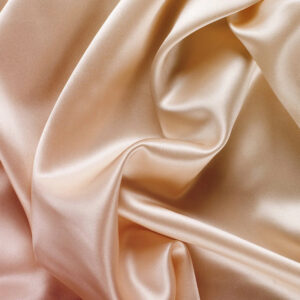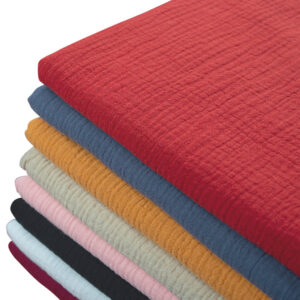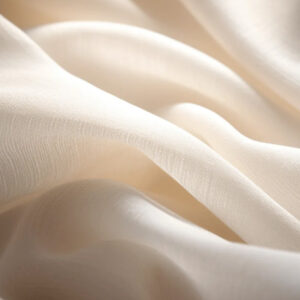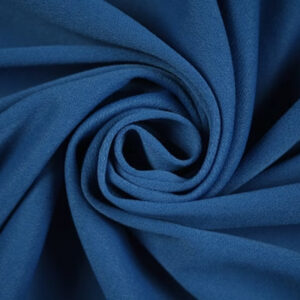“Fabric” is a general term referring to any material made by weaving, knitting, crocheting, or bonding textile fibers together. Fabrics are used in various applications, including clothing, home furnishings, and industrial products. The type of fabric is determined by the material used, the production method, and the intended purpose.
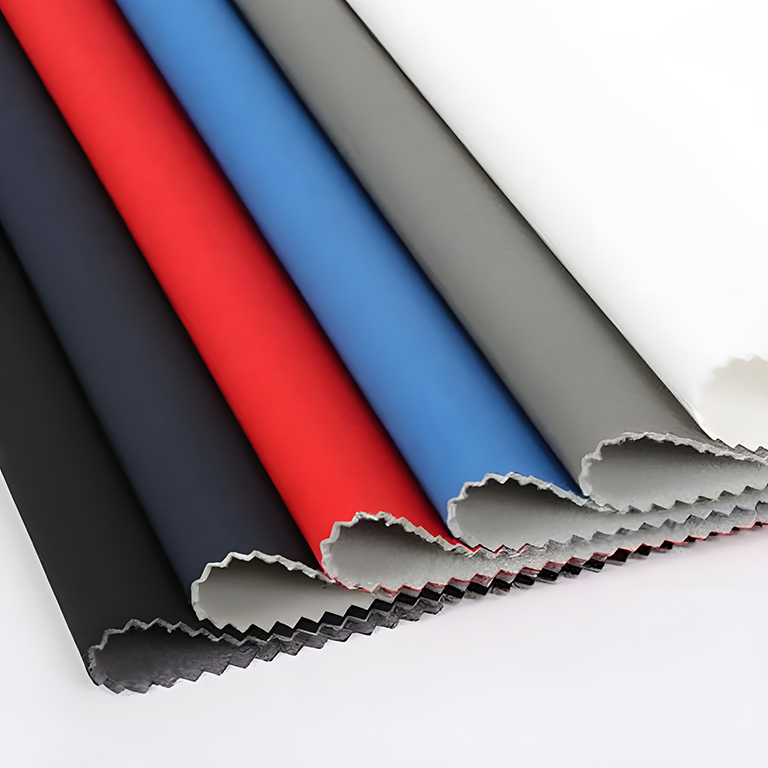
Types of Fabrics:
Natural Fabrics:
Cotton: Soft, breathable, and used for everyday clothing, bedding, and towels.
Linen: Lightweight and breathable, made from flax, popular for summer wear and home textiles.
Silk: Luxurious, smooth, and shiny, often used for formal wear and high-end furnishings.
Wool: Warm and insulating, commonly used for winter clothing and blankets.
Synthetic Fabrics:
Polyester: Durable and wrinkle-resistant, often blended with other fabrics to enhance their properties.
Nylon: Strong and flexible, commonly used in activewear and outdoor gear.
Acrylic: Often used as a wool substitute, lightweight and warm.
Spandex (Elastane): Known for its elasticity, often blended into fabrics for stretch and comfort in sportswear.
Blended Fabrics:
Poly-cotton: A mix of polyester and cotton, offering both durability and comfort.
Wool-blend: Combines wool with other fibers to make it lighter or more affordable while retaining warmth.
Uses of Fabrics:
Clothing: Different types of fabrics are chosen based on their texture, weight, and durability to suit various styles of clothing.
Home Textiles: Fabrics are used for curtains, upholstery, bed linens, and towels.
Industrial: Certain fabrics, especially synthetic ones, are used in industries for making items like conveyor belts, filtration systems, and protective clothing.
The fabric you choose depends on the desired function, feel, and appearance of the end product.

